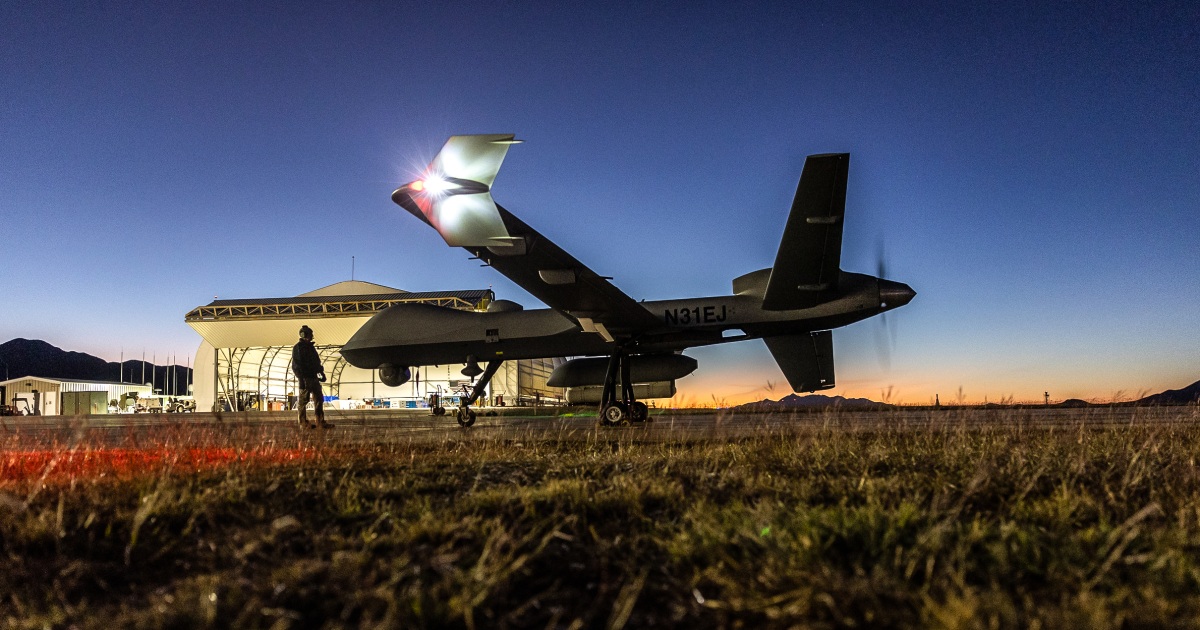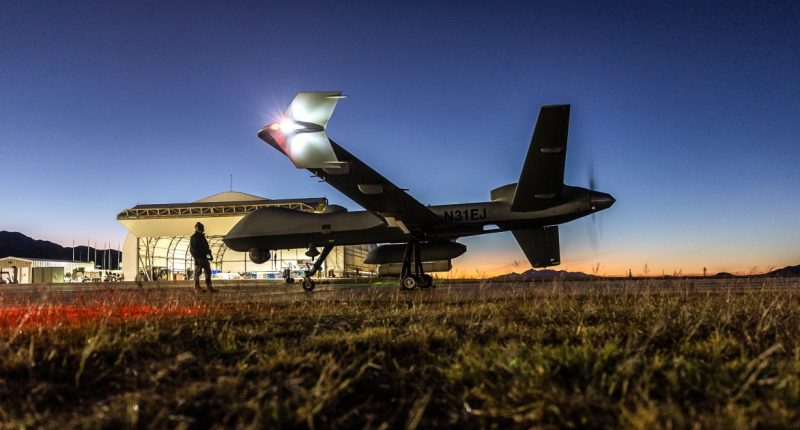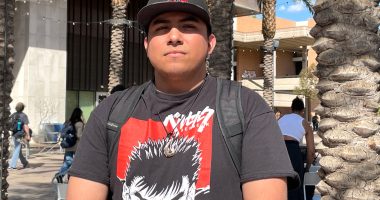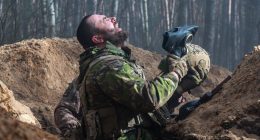
WASHINGTON — Two federal programs — one responsible for detecting chemical, biological and nuclear weapons, the other intended to counter drones flying illegally in U.S. airspace — are both at risk of disappearing on Feb. 2 unless Congress acts.
The problem, according to the Department of Homeland Security officials overseeing both programs, is not that they are controversial, but that their existence has become tied to contentious budget negotiations that often play out into the 11th hour or even bring on government shutdowns.
In the event of a shutdown or the ending of their authority, national security in the U.S. would be “diminished significantly,” they said.
DHS’s Countering Weapons of Mass Destruction Office was formed in 2018 to detect weapons and send scanning equipment to state and local law enforcement. But the law setting up the office only dictated that it exist until 2023. If the office ceases to exist, the funding to create new scanning mechanisms, train law enforcement and send security teams to ports of entry and large events, like the Macy’s Thanksgiving Day Parade, would cease to exist anywhere in the federal government.
The CWMD office pulled together various responsibilities and authorities previously held by agencies like Customs and Border Protection and the Transportation Security Administration. DHS Assistant Secretary Mary Ellen Callahan, who runs the office, said Congress would have to write about a dozen different laws to restore those powers to the agencies that held them prior to 2018.
“The ability to detect chemical, biological, radiological and nuclear threats would be diminished significantly,” Callahan said.
The office was facing a Dec. 21 end date until Congress passed a continuing budget resolution, which included provisions to keep the office afloat until Feb. 2. But the threat to the office’s survival has already sent some important staffers to the exits. Callahan said many of the scientists she had working for her have left, with attrition now up from 2 to 3% annually to 10% in 2023.
What’s more, planning for big events like the Super Bowl, which takes 18 months, is difficult if employees don’t know if their office will be around for the Super Bowl in Las Vegas on Feb. 11, 2024, let alone New Orleans in 2025.
Callahan pointed to a recent example of her office mitigating a threat when a police officer in Houston — wearing a meter her experts provided — was alerted to radiation coming from a junkyard. He called federal authorities who identified medical waste that had been improperly disposed.
“I think it’s a really illustrative example of how getting training, technology and equipment out into the field to the first responders is really important,” Callahan said. Without her office, she said, the existing equipment would not be supplanted with new technology and would eventually become obsolete as threats emerge and equipment becomes damaged or outdated.
Assistant Secretary for Counterterrorism and Threat Prevention Samantha Vinograd oversees the other endangered DHS program, which is tasked with detecting and bringing down drones flying in U.S. airspace illegally. The need for such an office, and the need to increase its authority, Vinograd said, has been put on display recently as drones have interrupted college and professional football games and have flown near airports and near planes in flight.
The office extends its authority to detect and bring down drones, most often by disrupting their signal, to many other agencies. For example, it lets Customs and Border Protection use that authority so it can bring down drones flying fentanyl across the U.S.-Mexico border.
“If the (continuing resolution budget agreement) expires, if we don’t have some other renewal, all of that sunsets,” Vinograd said. “So when we were about to have a government shutdown, we weren’t just shutting down the government, we were at risk of losing all of our CUAS (countering drone) technology.”
That would mean, Vinograd said, that if CBP saw a drone flying with fentanyl, they could do nothing. If the Federal Protective Service was at a federal facility and saw a drone engaging in surveillance, they could do nothing. Or if drones were spotted around the Super Bowl or Thanksgiving Day Parade, federal officers could do nothing. If the U.S. Secret Service saw a drone flying near the president, they could not do anything.
“That’s a huge, huge risk, not just for us feds, but for the American public,” Vinograd said.
Source: | This article originally belongs to Nbcnews.com










